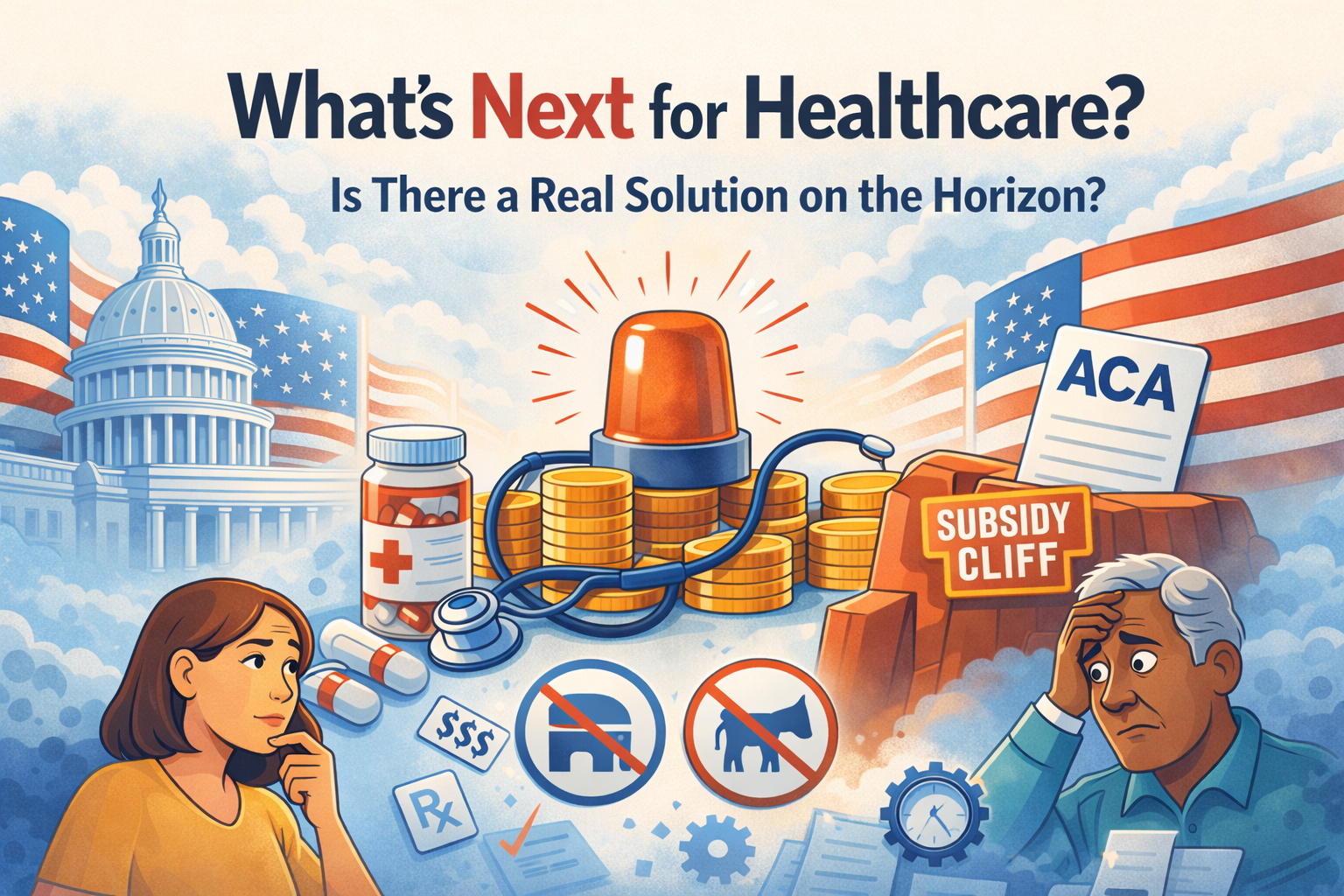Sacramento Business Journal, March 22, 2016. Kent Hoover
It’s as if the Affordable Care Act’s tax credits for small businesses were designed to fail: Six years after Obamacare was enacted, few companies are taking advantage of tax breaks that were supposed to make health insurance more affordable.
Only 181,000 small businesses claimed the Small Employer Health Insurance Tax Credit in 2014, according to the Government Accountability Office. That’s only a fraction of the 1.4 million to 4 million small businesses that were estimated to be eligible for the tax break, which covers a portion of an employer’s contributions to their workers’ health insurance premiums.
Businesses with fewer than 25 employees with average wages of less than $50,000 (adjusted for inflation — $51,800 in 2016) are eligible for the tax credit if they cover at least 50 percent of the cost of individual coverage for their workers.
So why aren’t more small businesses taking advantage of the tax credit?
The reasons vary from the credit being too small compared with the overall cost of health insurance, to it being too complicated to figure out. (Only companies with fewer than 10 employees and average wages of $25,900 or less are eligible for the full tax credit, which is worth up to 50 percent of premiums paid by the employer. The value of the credit phases down as a company’s size and wages go up.)
Also, beginning in 2014, you had to buy insurance through a Small Business Health Options Program exchange in order to qualify for the tax credit. These SHOP exchanges were supposed to give small businesses a better deal on insurance by increasing competition in the small group market, but they’ve proved to be a flop.
The SHOP requirement proved to be the reason why Buffalo Supply Inc., a medical supplies and equipment company in Lafayette, Colorado, couldn’t take advantage of the health insurance tax credit. Executive Chairman Harold Jackson told the House Small Business Committee in a hearing entitled “Lip Service but Little Else: Failure of the Small Business Health Insurance Tax Credit” that he ran into problems when he tried to enroll in Colorado’s SHOP exchange last year. First, the online application asked for a lot of information he didn’t have — such as the Social Security numbers, dates of birth and tobacco use of his employee’s spouses and dependents. Then, after he spent two or three days gathering this information, and 10 hours entering it into the SHOP system, he couldn’t figure out how to review the insurance plans that were available.
“I called the 800 number, and they told me they don’t give quotes to small businesses. The SHOP representative said I needed to go through a broker. When I called a broker, clearly he had heard from businesses like me about the SHOP. Even though the SHOP referred me to him, he told me, ‘I can get you a quote, but I don’t want to go through the exchange, it’s too much hassle.’ ”
Jackson ended up with a policy with a $16,380 annual premium for family coverage — more than 25 percent higher than what it paid in 2010, when the ACA was enacted. Plus, deductibles and out-of-pocket maximums are higher.
“So we are paying more in premiums and sadly our employees are also paying more when they need medical care and services,” Jackson said.
Then there are small businesses that employ too many workers or pay too well in order to qualify for the tax credit. Michael Ricco, quality manager of AEEC, a Reston, Virginia-based professional services firm, told the committee that these types of small businesses could use help with insurance costs as well.
“The size standard for companies to use this health care tax credit is on the woefully low side and should be increased so that many more legitimate small businesses can take advantage of this credit,” Ricco said.
In AEEC’s case, however, it still wouldn’t qualify for the tax credit because its workers make more than the $50,000 annual wage cap.
“We question the fairness of this cap because, it essence, it punishes our company for paying our employes a higher wage,” he said.
Even businesses that pay well need help covering health insurance costs, he said, especially since workers’ expectations for benefits increase with their salaries.
“For example, a cashier at McDonald’s is going to be thrilled with any health care coverage while a senior data architect expects a platinum health plan. So small businesses like ours are among the most in need of a tax credit,” Ricco said.
But Holly Wade, director of research and policy analysis for the NFIB Research Foundation, said the tax credit was designed in such a way that the biggest beneificiaries are small businesses that are the least likely to even offer health insurance. The tax credit isn’t likely to sway even them because it’s temporary and complicated to use.
“The small business tax credit is a much better talking point than it is a financial incentive for small businesses,” Wade said.



